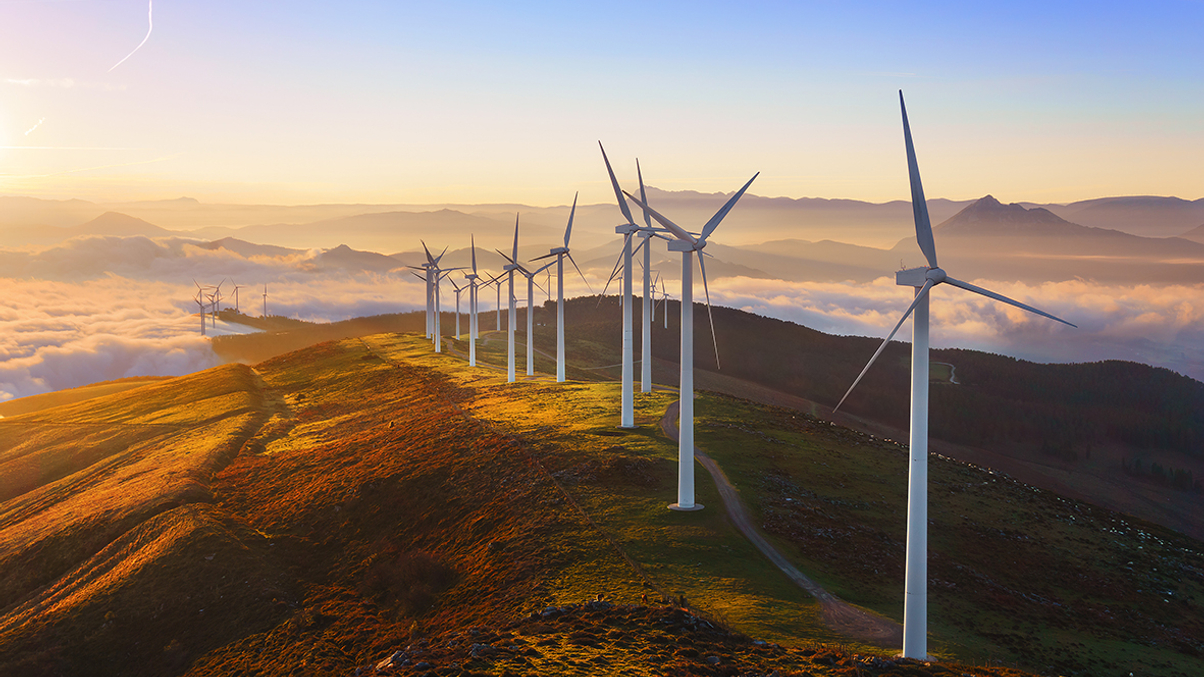ABL Life set to add more renewables for stable yields
The $20 billion South Korean life insurer wants to add more renewables in its real asset portfolio to raise its overall quality, while seeking to avoid deeply discounted assets.

The search for quality assets that generate stable returns has led ABL Life to take investing into renewable assets in infrastructure and real estate up a notch as it gears up for greenfield projects.
Sign in to read on!
Registered users get 2 free articles in 30 days.
Subscribers have full unlimited access to AsianInvestor
Not signed up? New users get 2 free articles per month, plus a 7-day unlimited free trial.
¬ Haymarket Media Limited. All rights reserved.


